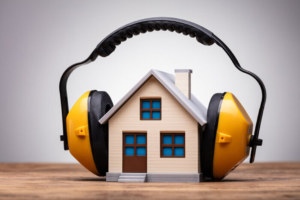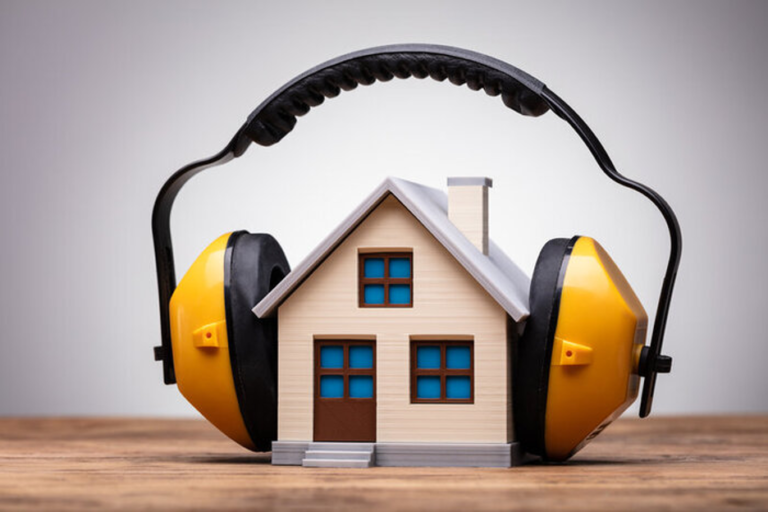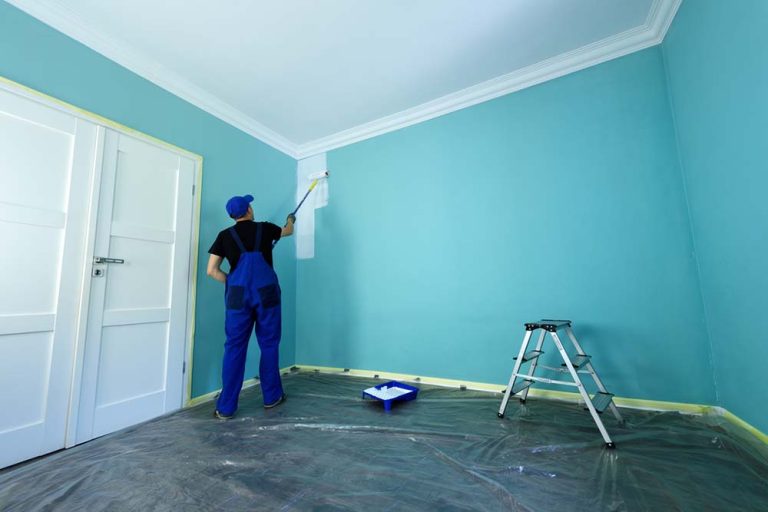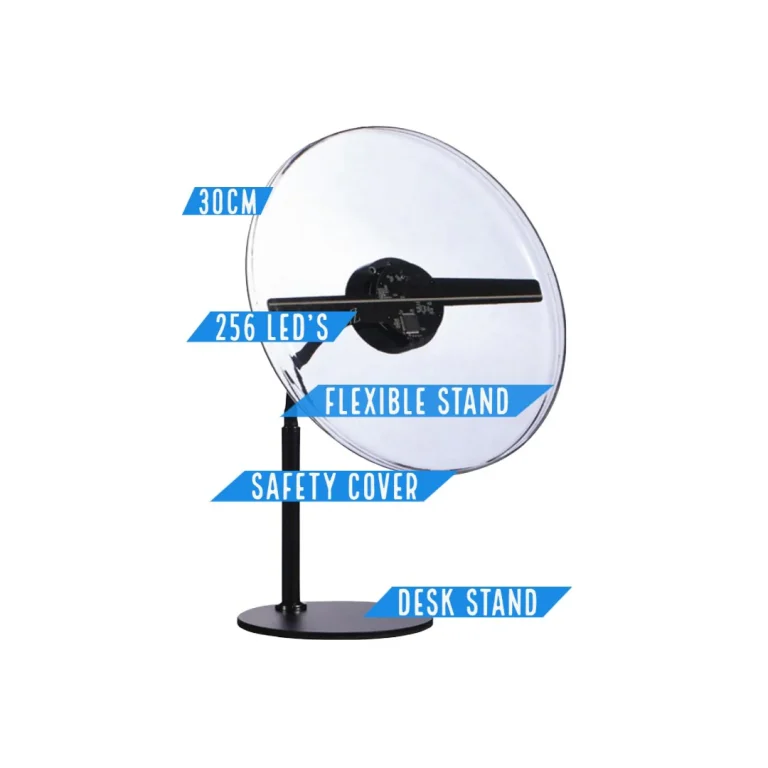Maintaining your HVAC system is essential for keeping your home comfortable, efficient, and safe throughout the year. With heating in the winter and cooling in the summer, your HVAC system works hard in every season. Regular Blaine HVAC repair and maintenance not only prolongs the life of your system but also ensures it performs at its best when you need it most. Here is the ultimate HVAC maintenance checklist for homeowners to help understand the necessary steps for optimal system operation.
Inspecting and Changing Air Filters
Air filters are one of the most critical and easiest components to monitor in an HVAC system. Over time, filters become clogged with dust, debris, and allergens, reducing airflow and making the system work harder to heat or cool the home. Dirty filters can also affect indoor air quality and increase energy consumption. Inspecting air filters regularly ensures they are clean and functioning correctly.
Checking Thermostat Settings and Operation
The thermostat controls the operation of the HVAC system, ensuring that the indoor temperature matches the desired settings. Verifying that the thermostat is working accurately is a fundamental part of any maintenance routine. Whether it’s a programmable, smart, or manual thermostat, checking for calibration, responsiveness, and proper scheduling helps ensure that the system runs efficiently and maintains indoor comfort.
Inspecting the Condensate Drain Line
The condensate drain line carries moisture that has been removed from the air to the outside or to a drain pan. Over time, this line can become clogged with algae, dirt, or mold, causing water to back up into the system. This can lead to water damage, mold growth, or system shutdowns. Inspecting and ensuring the drain line is clear helps maintain proper humidity control and prevents potential leaks.
Examining Electrical Connections and Voltage
Electrical components are integral to the HVAC system’s operation. Connections can loosen over time due to vibration or wear, potentially causing poor performance or system failure. Inspecting all electrical wiring, checking for signs of corrosion or wear, and verifying that voltage levels are within acceptable limits are all essential tasks. Identifying faulty electrical parts early can prevent breakdowns and improve safety.
Inspecting the Outdoor Unit and Components
The outdoor unit, which includes the condenser coil and compressor, is exposed to the elements year-round. Debris, dirt, and foliage can build up around or inside the unit, affecting airflow and cooling performance. Ensuring the area around the outdoor unit is clean and free from obstructions is critical. Inspecting the condition of the coil, fan blades, and cabinet also helps detect signs of wear or damage.
Assessing System Startup and Shutdown Cycles
The HVAC system should turn on and off in regular cycles that correspond to temperature changes. Observing the system’s startup and shutdown can reveal underlying problems such as short cycling, delayed starts, or irregular shutdowns. These signs may indicate issues with the thermostat, sensors, capacitors, or internal controls. Regular observation of system cycles helps ensure that the HVAC runs smoothly and consistently.
Reviewing Airflow and Ductwork
Proper airflow is necessary for efficient heating and cooling. Restricted airflow can strain the system and result in uneven temperatures or increased energy use. Inspecting the ductwork for obstructions, leaks, or damage helps ensure that conditioned air is delivered where it’s needed. In some cases, ducts may require sealing or insulation to maintain consistent airflow and temperature throughout the home.
Conclusion
Staying on top of HVAC maintenance is key to ensuring your system help of All Climate Mechanical runs efficiently and reliably all year long. From filters to thermostats, and electrical components to ductwork, every part plays a role in your home’s comfort and air quality. With this checklist, homeowners can better understand the essential tasks that contribute to optimal HVAC performance.






















+ There are no comments
Add yours